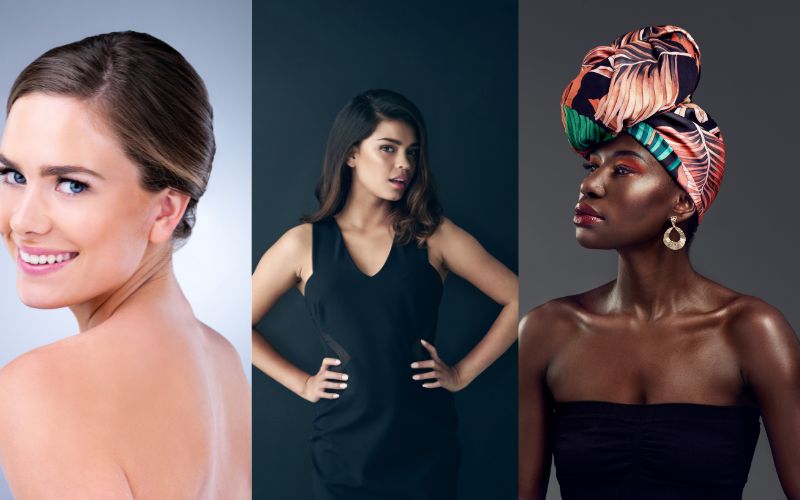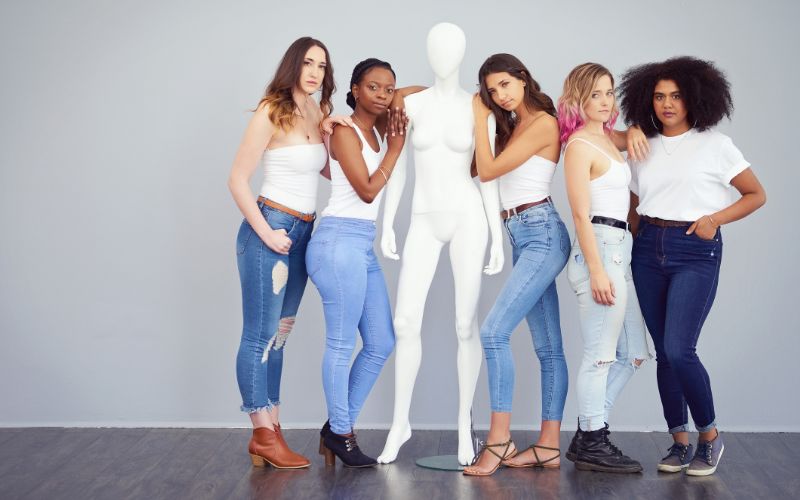
Introduction:
Beauty has been a topic of fascination for centuries, evolving through cultural, historical, and societal lenses. It has often been defined by a set of standards that dictate what is considered beautiful. However, as we journey through time, it becomes increasingly apparent that these standards are fluid and subject to change. In this blog, we will delve into the concept of beauty standards, their impact on individuals and society, and the importance of embracing diversity to redefine what true beauty means.
The Evolution of Beauty Standards:
Throughout history, beauty standards have varied significantly across cultures and eras. From the voluptuous figures of the Renaissance to the waif-like figures of the 20th century, the definition of beauty has constantly shifted. This dynamic nature highlights the subjectivity of these standards and the influence of societal norms on perception.
The Impact of Media and Advertising:
In recent decades, media and advertising have played a pivotal role in shaping beauty ideals. With airbrushed models and carefully curated images, unrealistic portrayals of beauty have become commonplace. Such portrayals not only fuel insecurities but also contribute to body dysmorphia and low self-esteem among individuals who don’t fit the prescribed mold.
Cultural Diversity and Beauty:
The concept of beauty extends beyond physical appearance. It encompasses cultural identity, traditions, and practices. Embracing diversity means recognizing the beauty in different skin tones, facial features, and body types. Cultural diversity contributes to a richer understanding of beauty, as it draws from a tapestry of traditions and histories.

Body Positivity and Self-Love:
The emergence of the body positivity movement has heralded a powerful shift in the beauty narrative. It encourages individuals to embrace their bodies, regardless of size or shape, and to cultivate self-love. This movement aims to challenge societal norms and inspire a more inclusive definition of beauty that celebrates all bodies.
Breaking Gender Stereotypes:
Beauty standards are not limited to a single gender. Men, too, are subject to societal pressures to adhere to specific ideals. The stereotypical image of a muscular, chiseled physique has led to body image issues among men. Redefining beauty for men involves challenging these stereotypes and acknowledging that beauty comes in diverse forms.
The Role of Influencers and Role Models:
In the age of social media, influencers, and role models have gained significant influence in shaping perceptions of beauty. While some influencers promote self-acceptance and diversity, others perpetuate unrealistic standards. It’s crucial to curate our social media feeds mindfully and follow those who promote genuine self-expression and positivity.
Fashion Industry and Beauty Standards:
The fashion industry plays a substantial role in setting beauty standards through runway shows, magazines, and advertising campaigns. However, the industry is slowly undergoing a transformation, with a growing emphasis on inclusivity. Brands are now featuring models of different sizes, ages, and backgrounds, reflecting a more realistic representation of society.
Empowering the Next Generation:
Redefining beauty standards is an ongoing process that requires nurturing a positive environment for the next generation. Schools and communities can implement programs that teach body positivity, self-confidence, and critical media literacy. By equipping young minds with the tools to deconstruct beauty ideals, we empower them to resist harmful influences.
Conclusion: Embracing True Beauty
Beauty standards are not set in stone; they evolve, adapt, and transform. True beauty lies in embracing diversity, celebrating individuality, and cultivating self-love. As we continue to challenge unrealistic ideals propagated by media and society, we pave the way for a world where everyone feels beautiful in their unique skin. By acknowledging that beauty transcends appearances, we embark on a journey toward a more inclusive and compassionate understanding of what it means to be truly beautiful.



